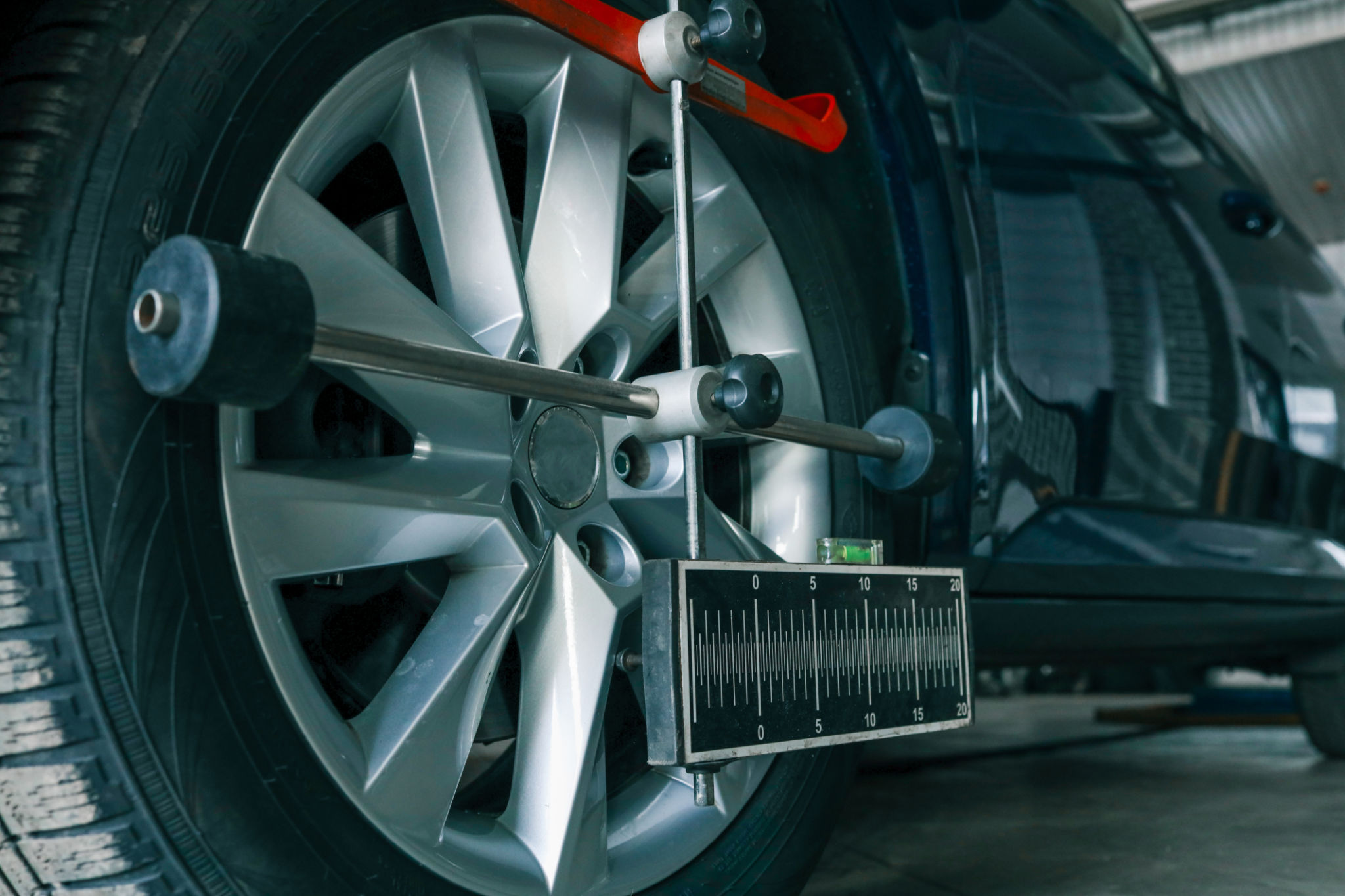Common Misconceptions About Wheel Alignment and How to Avoid Them
Understanding Wheel Alignment
Wheel alignment is a crucial aspect of vehicle maintenance that ensures your tires meet the road at the correct angle. Proper alignment affects how your vehicle handles, increases fuel efficiency, and prolongs tire life. Despite its importance, many drivers hold misconceptions about wheel alignment, leading to unnecessary wear and tear.

Misconception 1: Alignment Only Affects Tires
One common misconception is that wheel alignment only impacts the tires. While it is true that alignment directly affects tire wear and lifespan, its influence extends beyond that. Proper alignment ensures that the suspension and steering systems function optimally, providing a smoother ride and better control.
Ignoring alignment can lead to uneven tire wear, but it can also cause stress on other components of your vehicle. This stress can result in premature wear of steering and suspension parts, leading to costly repairs.
Misconception 2: Alignment Is Unnecessary Unless You Feel a Problem
Another misconception is that alignment is only necessary when you notice handling issues like veering or drifting. However, alignment should be part of regular maintenance, much like oil changes and brake inspections. Regular checks can prevent minor misalignments from developing into major problems.

Routine alignment checks are recommended every 10,000 to 12,000 miles, or whenever you install new tires. This proactive approach can help maintain your vehicle's performance and extend the life of your tires.
Misconception 3: DIY Alignment Is Just as Effective
Some drivers believe that they can perform wheel alignment themselves using simple methods like string or measuring tape. While it might be tempting to save money by doing it yourself, professional alignment is far more precise.
- Professional equipment uses lasers and computer technology to ensure accuracy.
- Technicians are trained to adjust all aspects of alignment including camber, caster, and toe.
- DIY methods lack the precision necessary for modern vehicles.

How to Avoid Common Misconceptions
To avoid falling prey to these misconceptions, it's essential to stay informed and adhere to regular maintenance schedules. Here are some tips:
- Consult Your Owner's Manual: Follow the manufacturer's recommendations for alignment checks.
- Schedule Regular Inspections: Include alignment checks in your routine vehicle maintenance.
- Trust Professionals: Rely on skilled technicians with the right equipment for precise alignment.
By understanding the importance of wheel alignment and dispelling common myths, you can ensure a safer and more efficient driving experience. Taking these proactive steps not only safeguards your investment but also enhances the overall performance of your vehicle.